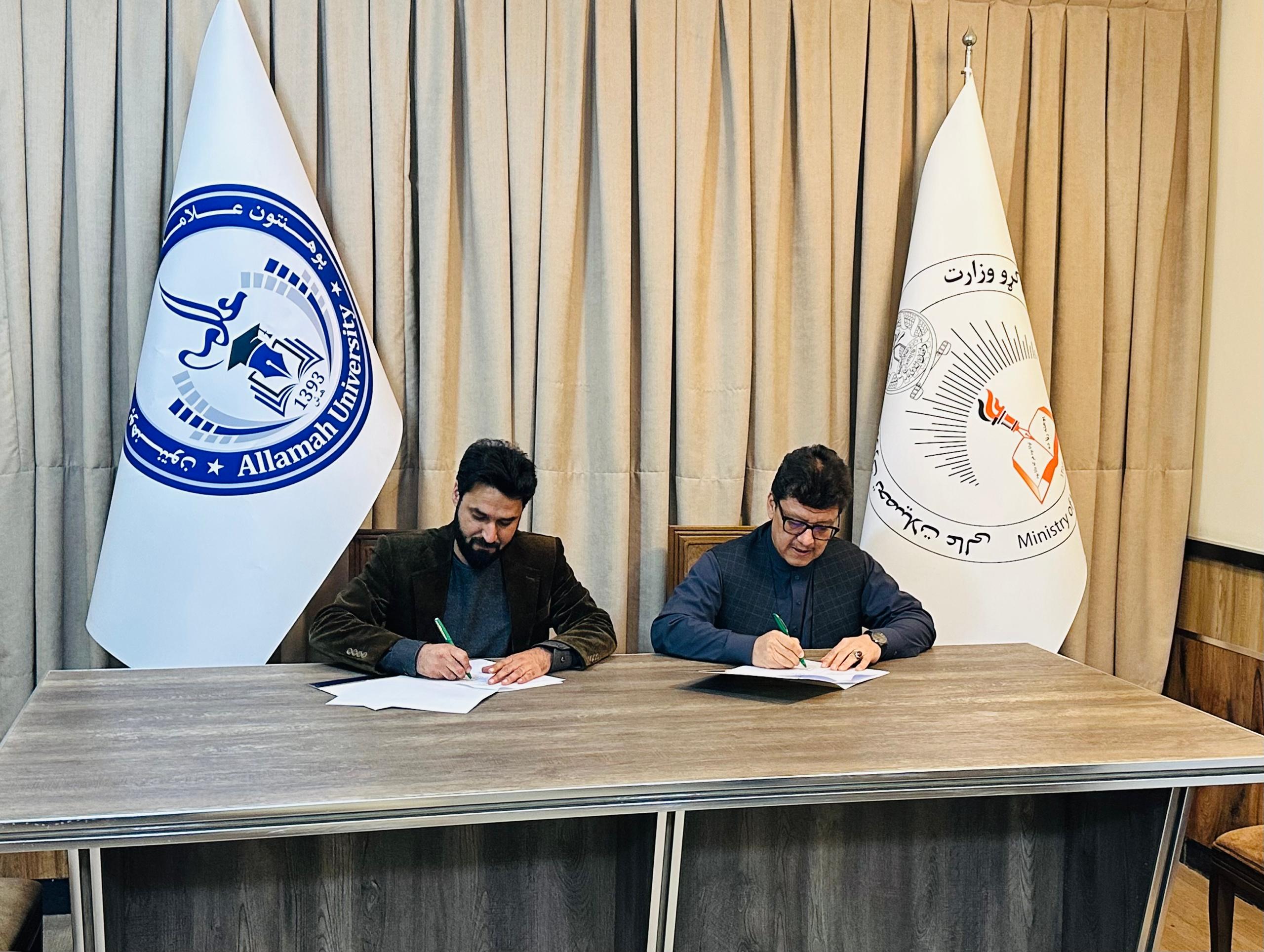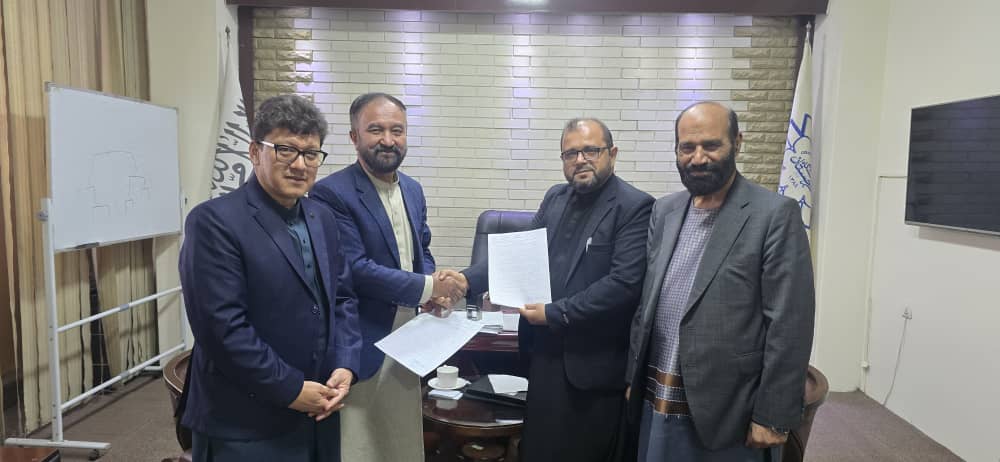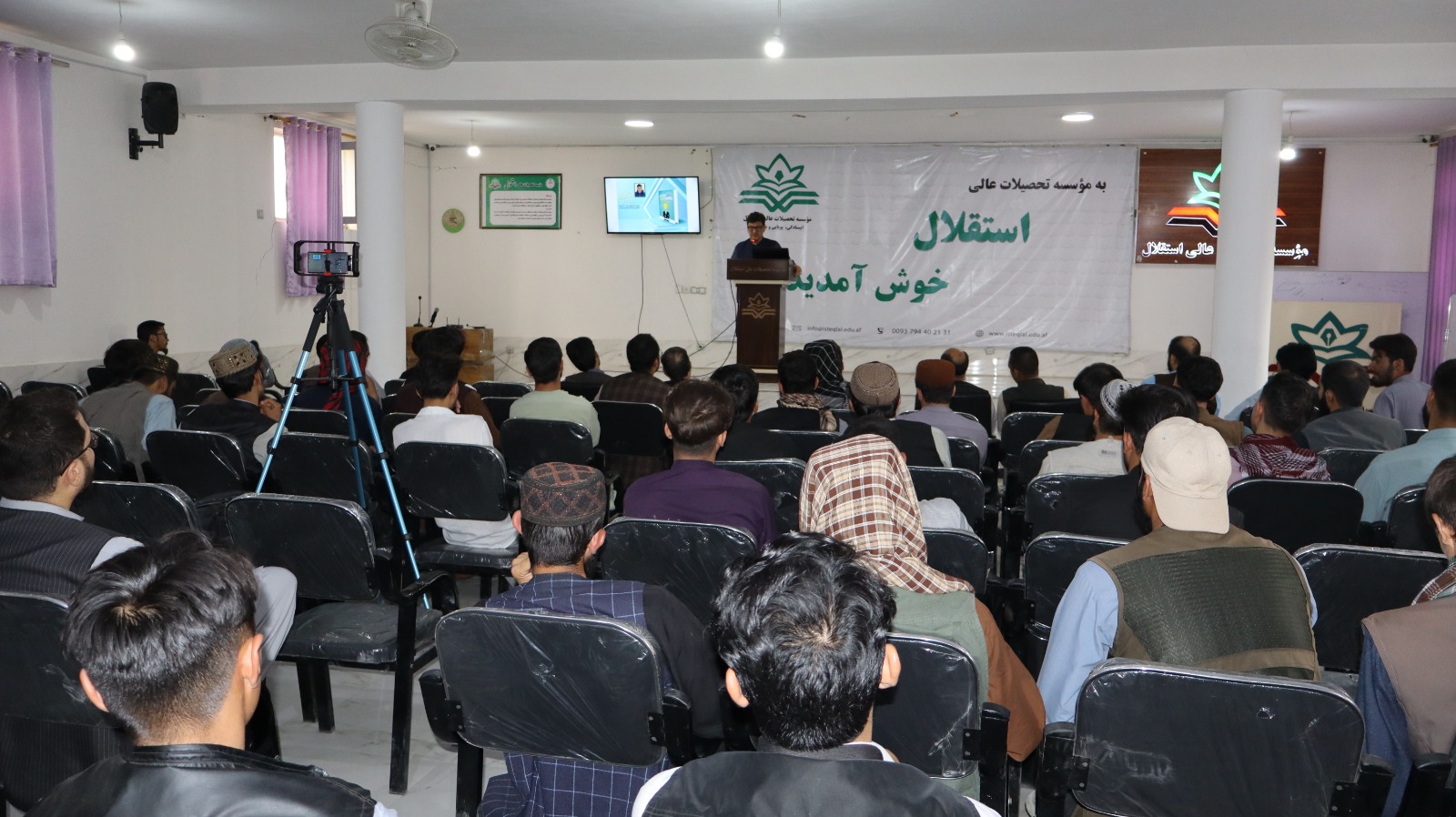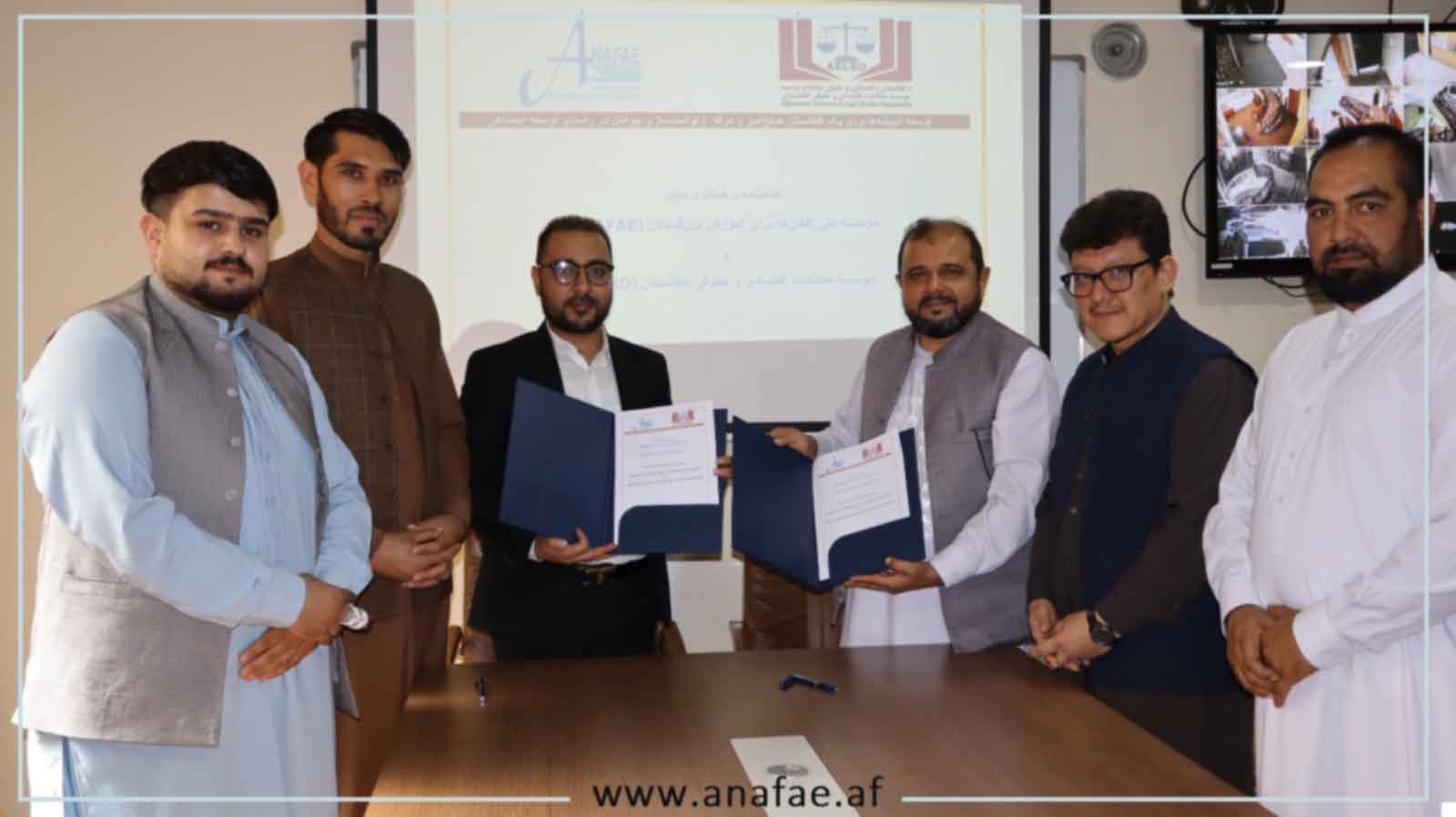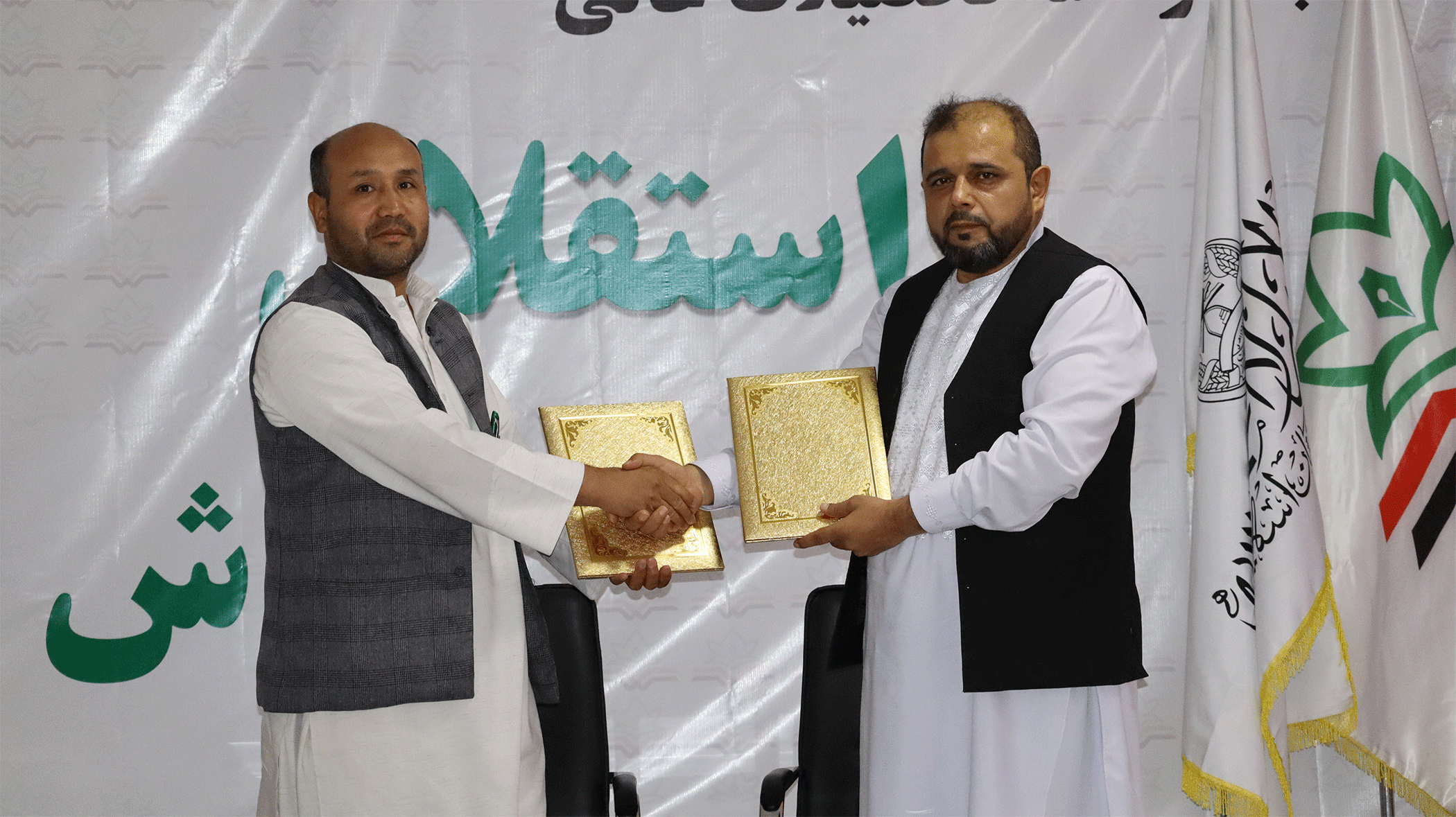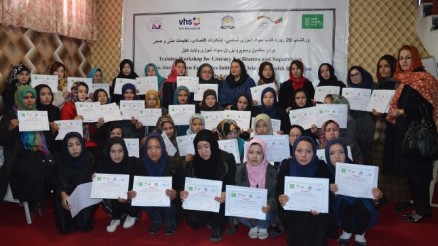
In many rural areas, the number of women who are able to read and write does not exceed 8.1 percent. This has a direct impact on family health, the education of Afghan children, the development of urban and rural community life, and the economic development of the country as a whole. Women have an important role in raising the country’s next generation. In traditional families, rural communities, and many other areas of society, however, women, and particularly illiterate women, are largely excluded from contributing to the decision-making processes.
Traditional structures make it more difficult for them to participate in public life. Literacy education goes hand in hand with the transfer of information and knowledge that is crucial to disease prevention, improved hygiene, lower child mortality rates, higher school enrolments, greater participation in community life, and increase livelihood options. Literacy education is the best investment to reduce poverty.
In the mountainous province of Wardak, which borders Kabul to the west, more than 1000 women from 25 villages participated in literacy programs supported by dvv international. The literacy classes, which were attended by women who had not had any previous chance to attend school, were combined with opportunities for learning about health, hygiene, child nutrition, society, and human rights. Larger literacy programs were organized in the northern province of Balkh and in the districts around Kabul.
Thirty-eight percent of the approximately 4000 learners were women. Literacy courses have an average duration of nine months.
